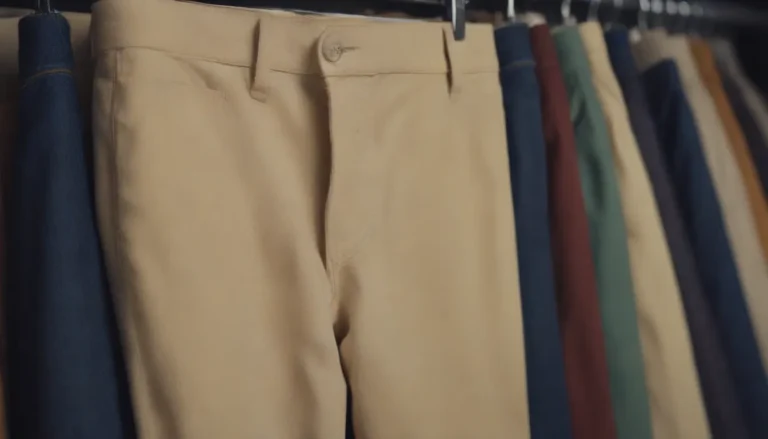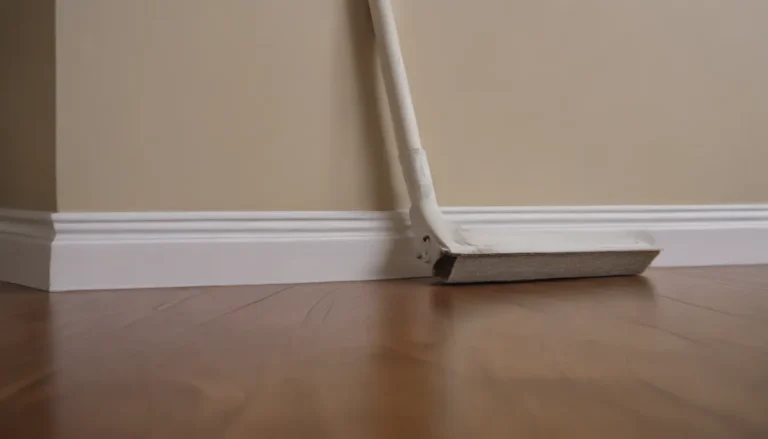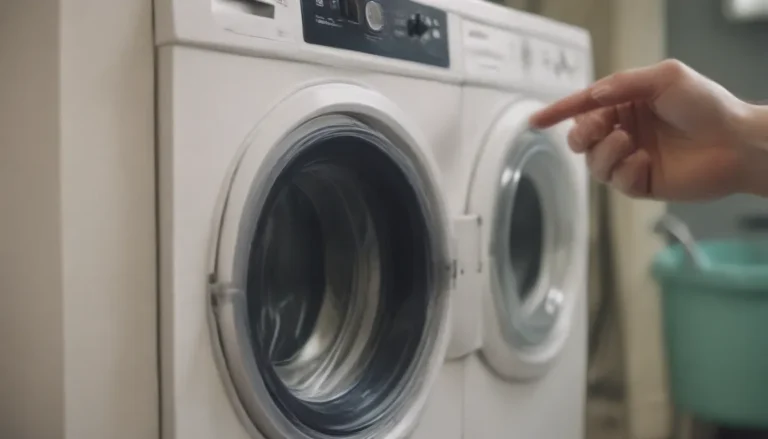The Ultimate Guide to Cleaning Hardwood Flooring: Steam or No Steam?

When it comes to cleaning hardwood flooring, there are many methods and tools available, including steam cleaners. But should you really use a steam cleaner on your hardwood floors? Let’s dive deep into the topic and explore the potential risks and benefits.
Understanding Steam Cleaners
Steam cleaners are designed to use water heated to a high vapor to clean and disinfect various surfaces. While some steam cleaners are marketed as safe for hardwood floors, the reality is that they can cause significant damage due to the moisture penetrating the wood. Hardwood is absorbent, and exposure to water can lead to swelling, warping, twisting, and even mold growth.
Steam Cleaners “Designed” for Hardwood
Some companies claim to have steam cleaning machines specifically for hardwood floors. These machines have features that supposedly help absorb excess moisture to prevent damage. However, major wood flooring associations caution against using steam cleaners on hardwood surfaces. Even with these specialized machines, the risk of residual moisture causing harm to the flooring remains.
Important Note: No major hardwood providers recommend the use of steam cleaners on their materials, and independent tests have shown that all models leave some level of residual moisture.
Potential Problems with Steam Cleaning
Using steam on hardwood flooring can lead to various issues, including:
- Wood Seams: Even if the wood surface is sealed, seams between planks can still be vulnerable to moisture penetration.
- Impact of Steam: The lightweight nature of steam allows it to penetrate even tiny cracks, potentially damaging wood fibers.
- Warranty Void: Using a steam cleaner may void your hardwood flooring warranty, as it can lead to structural problems and damage the material.
Use a Steam Mop with Caution
While steam cleaners may not be suitable for hardwood, some other flooring types can safely withstand steam mopping:
- Engineered Flooring: The wear layer of engineered hardwood may not protect against steam, leading to potential damage.
- Faux Hardwood Vinyl Flooring: Vinyl flooring is water-resistant and can be steam cleaned without harm.
- Laminate Flooring: Experts advise against steam cleaning on laminate floors, as excess moisture can cause swelling.
- Painted Flooring: Steam mopping on painted floors can create bubbles beneath the paint layer, leading to peeling.
- Other Flooring Types: Ceramic and porcelain tiles designed to mimic wood can be safely cleaned with steam, including grout.
How to Safely Clean Hardwood Flooring
Even without a steam cleaner, you can still maintain your hardwood floors effectively:
- Regular Maintenance: Daily sweeping or dust mopping can prevent scratches from dirt and debris.
- Vacuuming: Use a gentle brush attachment to remove debris without damaging the surface.
- Spot Cleaning: Quickly clean up spills to prevent damage to the finish.
- Deep Cleaning: Use a hardwood floor-specific cleaning solution and a dry microfiber mop for thorough cleaning.
Remember: While steam cleaning is a natural and non-toxic way to clean floors, it may not be suitable for all types of flooring, especially hardwood.
In conclusion, when it comes to hardwood flooring, it’s best to err on the side of caution and avoid using steam cleaners. Opt for alternative cleaning methods that ensure the longevity and beauty of your hardwood floors. By following proper maintenance guidelines and using the right tools, you can keep your hardwood floors looking pristine for years to come.





